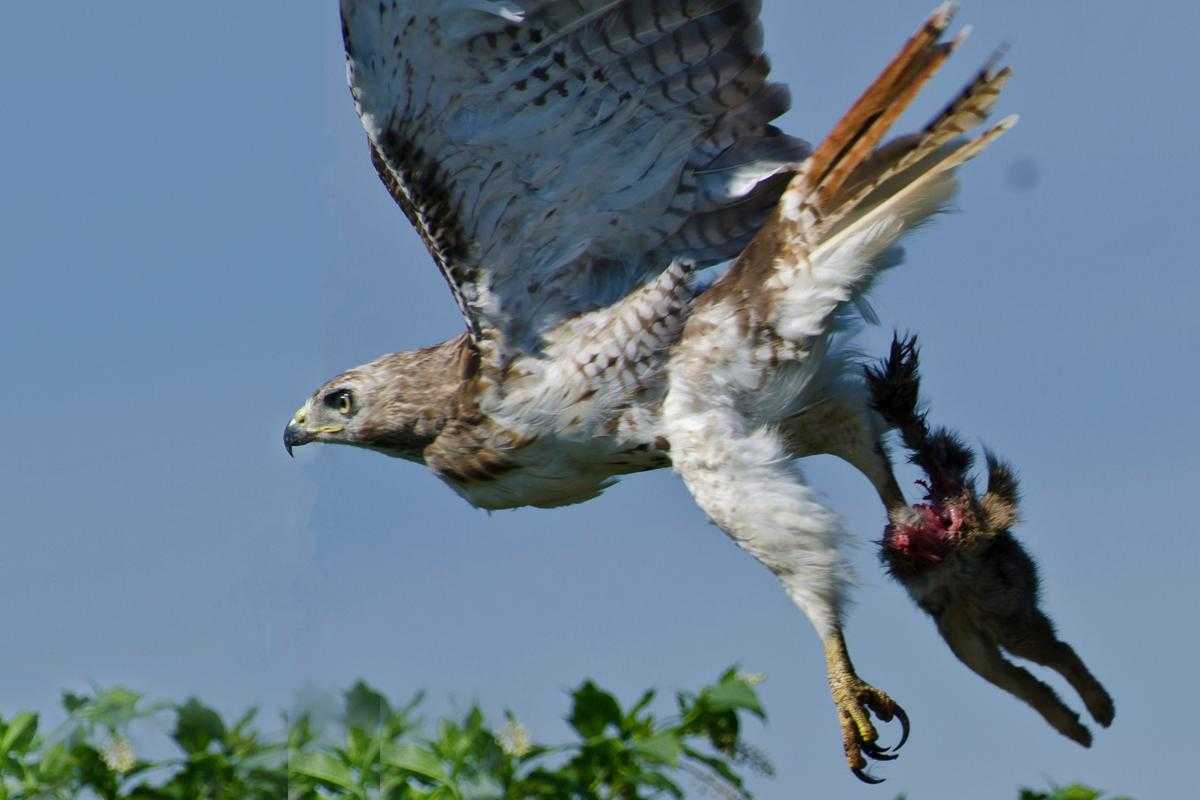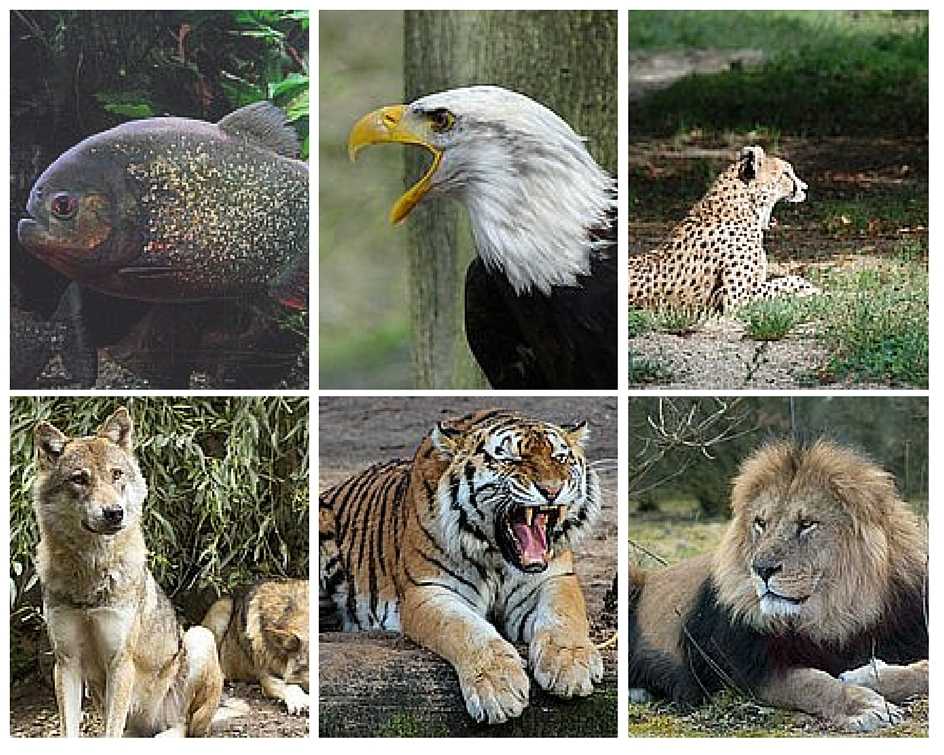The Secondary Consumers Of The Food Chain

According to Merriam-Webster, a consumer is an organism requiring complex organic compounds for food which it obtains by preying on other organisms or by eating particles of organic matter.
Who is a consumer?
A consumer is someone who uses or takes something to gain a benefit or satisfaction. Because we will be discussing consumers in relation to the food chain, it is important to understand that there are both producers and consumers on the food chain.
In this article, we are going to be exploring the secondary consumers of the food chain and all there is to know about them.
What are secondary consumers?
Secondary consumers are living organisms that obtain energy by feeding on the primary consumers of the food chain, secondary consumers occupy the third and fourth trophic levels of the food chain, and they are classified as either omnivores or carnivores.
Secondary consumers can be found on all habitats on earth even in harsh environments like tundra, the Arctic Circle, and arid lands, regardless of habitat secondary one thing in common: the type of food they consume.
As a result of the abundance of food sources, aquatic systems support a large number of secondary consumers. Secondary consumers, on the other hand, can thrive in terrestrial habitats because they have adapted to live in a variety of ecosystems.
Categories of secondary consumers
There are two categories of secondary consumers and each depends on other living organisms for their survival, below are the two categories of secondary consumers.
Carnivorous
This category of secondary consumers feeds on the meat of other living animals to survive; they follow a strict flesh diet and can range from small insects to larger animals called predators.
Carnivorous consumers are majorly predators who love and were built for hunting though there are carnivorous consumers who are scavengers.
Examples of carnivorous consumers are: lions, tigers, wolves, alligators, eagles, hawks, crocodiles, snakes, whales, sharks.
Omnivores
Unlike the carnivores consumers omnivores, consumers are not on a strict meat diet they can consume both meat and plant to survive. Omnivores eat carrion, or dead decaying matter, in addition to plant and animal matter.
Some are omnivores, which means they eat the eggs of other animals when they get the chance.
Omnivores are classified as opportunistic feeders because they can obtain energy from both vegetation and proteins. Examples of omnivores consumers are: humans, pigs, dogs, bears, opossum, chimpanzees, raccoons, skunks.
Role of secondary consumers
Secondary consumers play an important part in the food chain since they are heavily involved in the management of primary consumer populations in an ecosystem because they devour them for energy. Secondary consumers also provide nutrients and energy to tertiary consumers.
During the transmission of energy from one trophic level to the next, up to 90% of the energy is lost. This 10% is typically saved as flesh before being transferred to the animal in the next trophy level.
High-level users receive significantly less energy from the food chain than high-level consumers. This explains why food chains seldom have more than five trophic levels, and higher-level consumers must consume more food.
But just because an ecosystem requires fewer secondary consumers does not mean they are any less important their presence is crucial to the food chain's equilibrium.
Tertiary consumers would be hungry if there were not enough secondary consumers in a food chain this is as a result of lack of food supply, they may go extinct.
As there are more autotrophs than heterotrophs, there must be far more plants than plant consumers. Plant-eating animals outnumber meat-eating animals.
The primary consumers would be devoured to extinction if there was an oversupply of secondary consumers. This would throw the ecosystem's natural balance off.
Animals are not only fierce competitors, but they are also mutually dependent. When one creature dies, it can have a devastating effect on a wide chain of other organisms.
Secondary Consumer Adaptations
As secondary consumers rely on other animals for sustenance, they should be specifically equipped to hunt prey or scavenge for food competitively.
Secondary consumers react differently to their settings depending on where they live.
Most animals in the cat family, for example, are secondary consumers, and their canine teeth are large and pointed, allowing them to readily rip the flesh off prey.
Furthermore, their claws and jaws are strong, allowing them to grip their prey tightly.
Most animals that dwell in grassland have body colors that blend in with the environment to make hunting easier.
A good example is a lion, whose body color resembles that of the dry grass where its victims live.
Similarly, eagles have acute eyesight that allows them to detect and follow their food while flying at high altitudes, and their powerful beaks allow them to shred flesh.
The omnivores, the other category of secondary consumers, are similarly adapted in numerous ways. To begin with, they have flat and wide molars that they utilize to crush both meat and plant items.
Furthermore, they have strong, chisel-shaped incisors that allow them to effortlessly bite and shred flesh.
Even as humans our skin and body handle things differently as they are built to enable us to adapt to our various environments.
Most times in life we are forced to adapt to changes within our environment and home and very often we would observe that we have adapted and that is a survival mechanism we are built to survive either we are willing or not.
I hope you find this article as educative as I did and if you did or have any reservations kindly drop a comment below.
Author Bio
Writer comprises full-time and freelance writers that form an integral part of the Editorial team of Hubslides working on different stages of content writing and publishing with overall goals of enriching the readers' knowledge through research and publishing of quality content.
Article Comments
No Comments!
At present there are zero comments on this article.
Why not be the first to make a comment?
Similar Articles
Sponsor
Search Articles
Experts Column
Latest Articles
Featured Articles
Most Popular Articles












